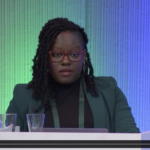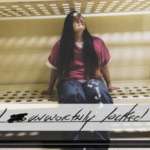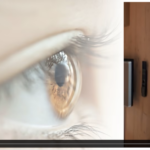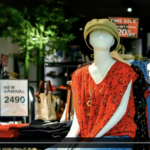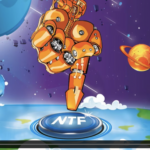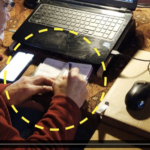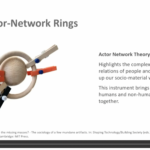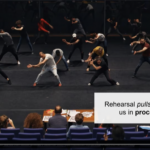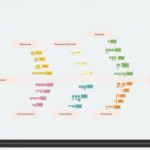
EVAN HANOVER
Conifer Research
[s2If current_user_can(access_s2member_level1)]
[/s2If]
[s2If !is_user_logged_in()]
Join EPIC to access video:
→ Learn about Membership
→ Browse Video Library
[/s2If]
[s2If current_user_is(subscriber)]
Join EPIC to access video:
→ Learn about Membership
→ Browse Video Library
[/s2If]
Humor is no mere “sense;” it is a social and cultural practice that enables each one of us to construct and recognize novel meanings and connections within our lives and worlds. The idea that humor relies on incongruity that defies our expectations has been around for millennia, but the mid-20th century work of Arthur Koestler elevated humor to be creatively on par with other artistic and intellectual feats. In this PechaKucha, I link my personal fascination/obsession with humor to Koestler’s concept of ‘bisociation’ – the connection of two seemingly unrelated or incommensurate frames of reference – to tell the story of how I became the ethnographer I am today. Beginning with my discovery...


